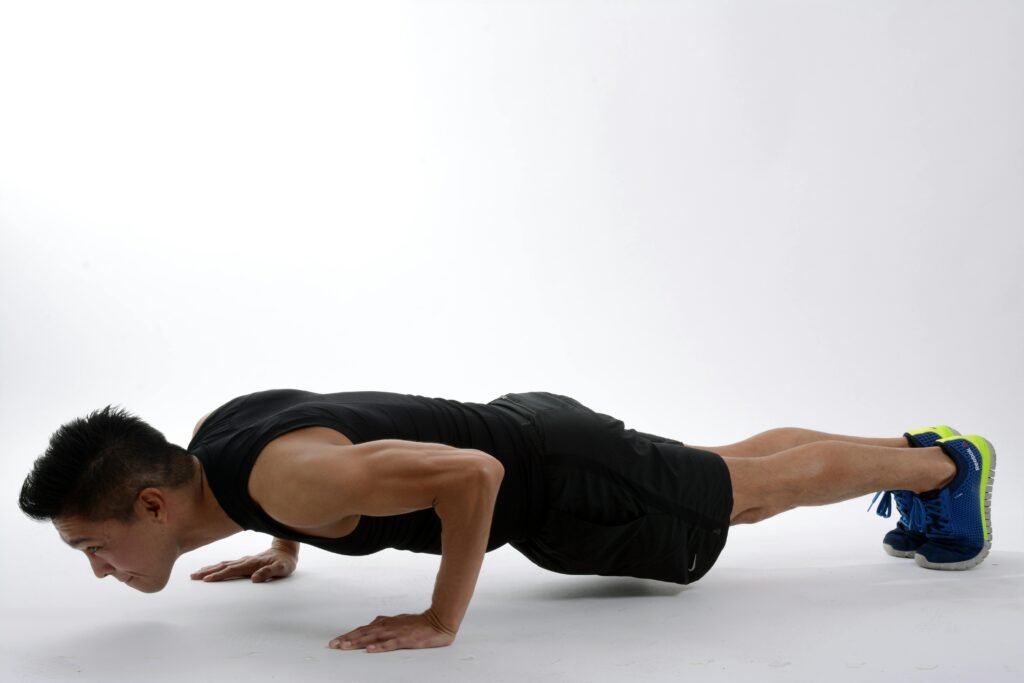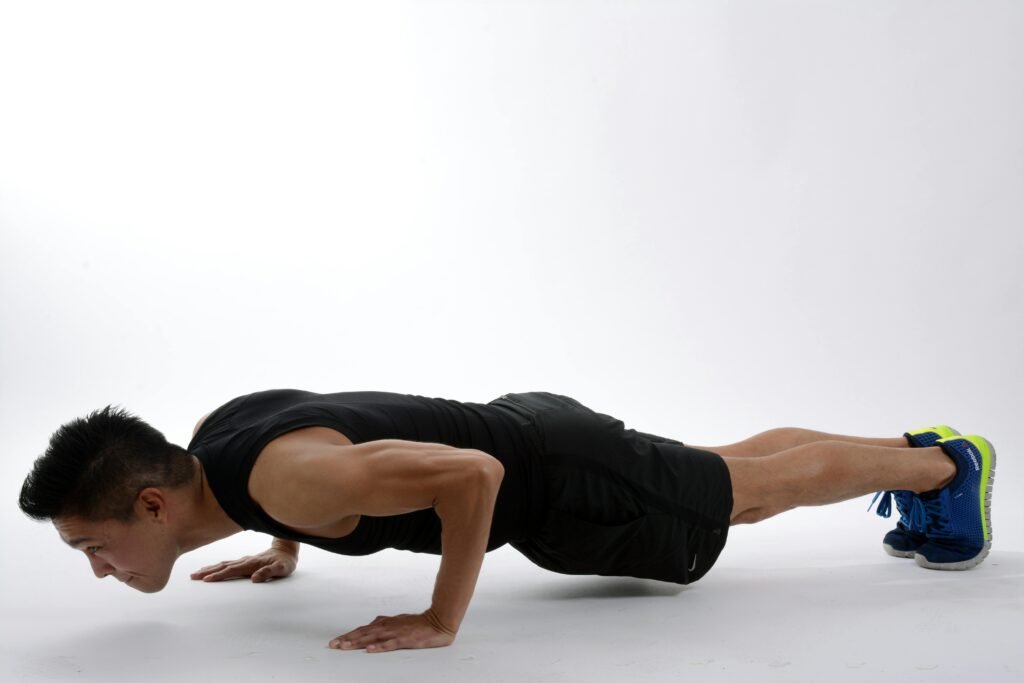Embracing Somatic Workouts: A Gentle Path to Mind‑Body Connection

In an era where high-intensity workouts often dominate the fitness scene, a more mindful, body-centered approach is gaining attention: somatic movement. Announced by movement educator Thomas Hanna in the 1970s, “somatics” derive from the Greek word “soma”, meaning “the body as experienced from within.” Unlike conventional workouts, somatic practice turns attention inward, emphasizing slow, conscious movement that reveals physical patterns and emotional states.
What Characterizes a “Somatic” Workout?
Somatic exercises are distinguished by:
Slow, intentional motion: movements are performed gently, with deep internal awareness rather than to burn calories or increase endurance.
Internal focus: you pay attention to how your muscles, joints, and breath feel during each stretch or shift—what’s helpful or restrictive.
Mind‑body atonement: somatic practitioners often incorporate techniques like articulation (natural muscle contracting and releasing), breath awareness, and body scanning.
The Science‑Backed Benefits
Although somatics research is still in its infancy, current findings point to several benefits:
- Chronic pain relief: A 2008 study highlighted that movements like the Alexander technique, a somatic form, reduced chronic pain days by 86 % when practiced over a year.
- Greater mobility and flexibility: Daily mindful stretching or gentle yoga enhances posture, range of motion, and balance—especially beneficial as we age .
- Reduced stress and anxiety: Controlled breath work and slow movement access the parasympathetic nervous system, helping shift the body out of “fight or flight” mode .
- Improved emotional regulation : Paying attention to physical sensations—like shoulder tension or a tight chest—can be a powerful tool for identifying and soothing emotional distress.
- Trauma support**: Preliminary findings show somatic exercises, including Somatic Experiencing, may help with PTSD symptoms through gentle, body-led reconnection
Popular Forms of Somatic Movement

- Somatic Stretching / Feldenkrais: Gentle, sensory-focused stretches that gradually release muscle tension and refine movement patterns.
- Body Scanning & Breath Work: Simple yet effective practices like diaphragmatic breathing, heel drops, and spinal wave—to discern tension and consciously release it .
- Mind‑Body Practices (Yoga): Classic forms of moving meditation that fuse breath, motion, and awareness; each movement is a conversation between mind and body .
- Somatic Experiencing: A trauma-informed therapy that tracks interoceptive signals (internal bodily sensations) to help regulate stress responses .
Integrating Somatics into Daily Life
- Quick breaks: A few minutes of seated spinal twists or weight-shifting can re-center you during the workday.
- Dedicated sessions: Fifteen-minute guided sessions—focusing on foam rolling, pelvic shifts, or grounding—offer structure without intensity.
- Mindful exercise: Turn a leisurely stroll or yoga class into a somatic practice by paying attention to your every step, breath, and muscle contraction
Who Should Try Somatic Movement?

Almost anyone can benefit from these practices—especially those recovering from injury, dealing with stress, or seeking a kinder, more mindful form of physical activity. If you’re living with PTSD or chronic pain, working with a trained somatic coach or therapist is recommended.
Conclusion
Somatic workouts offer a refreshing alternative to high-intensity fitness: they’re all about **listening to your body’s whispers**, not shouts. By slowing down, tuning in, and exploring gentle movement patterns, you can enhance flexibility, release emotional tension, and cultivate enduring well-being. Whether you engage for five minutes or an hour, somatics invites your body back home—centered, calm, and deeply connected.

